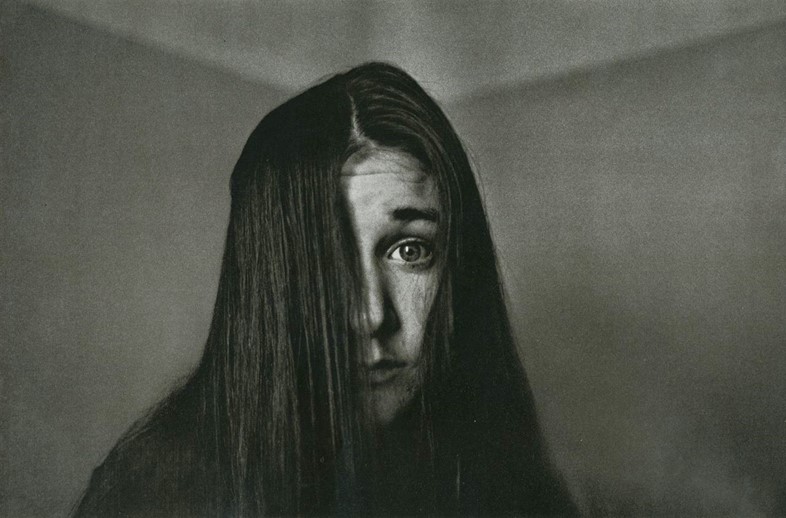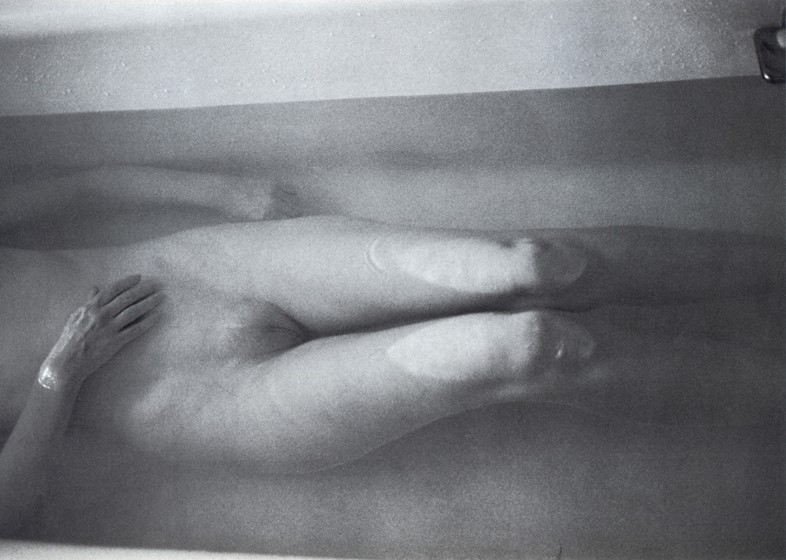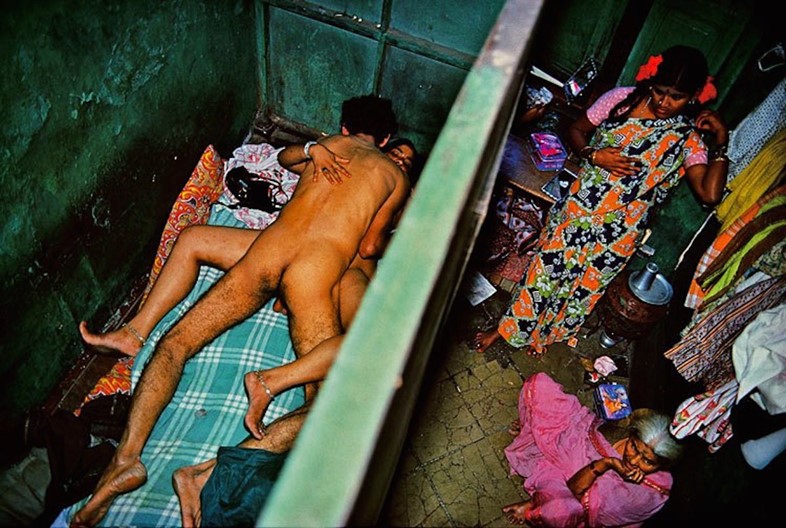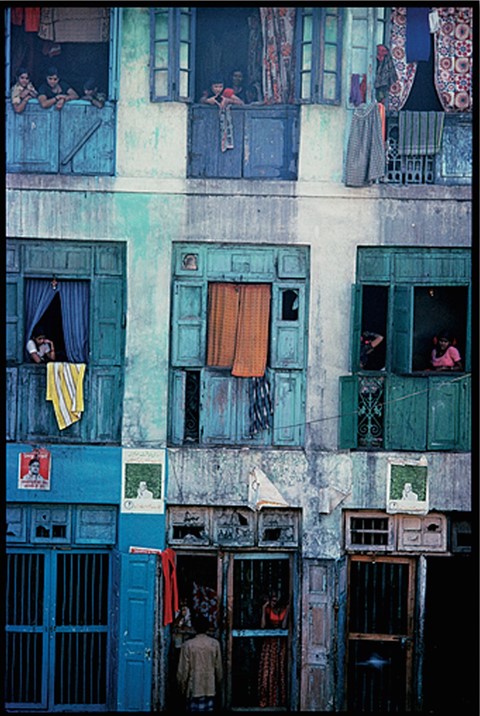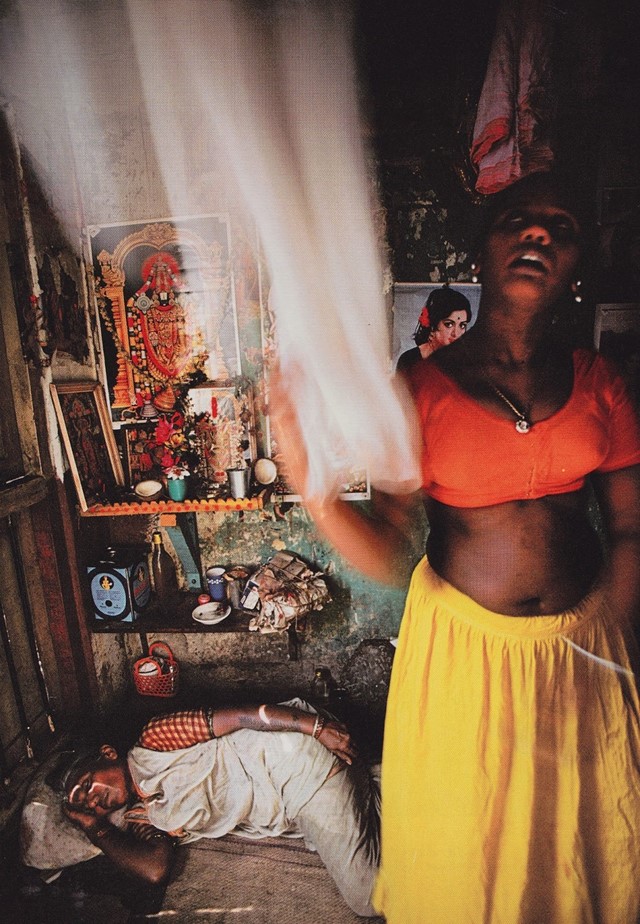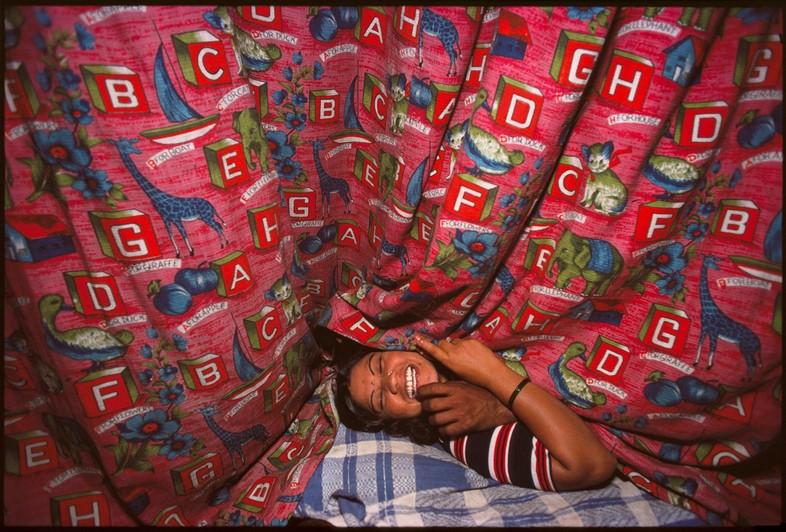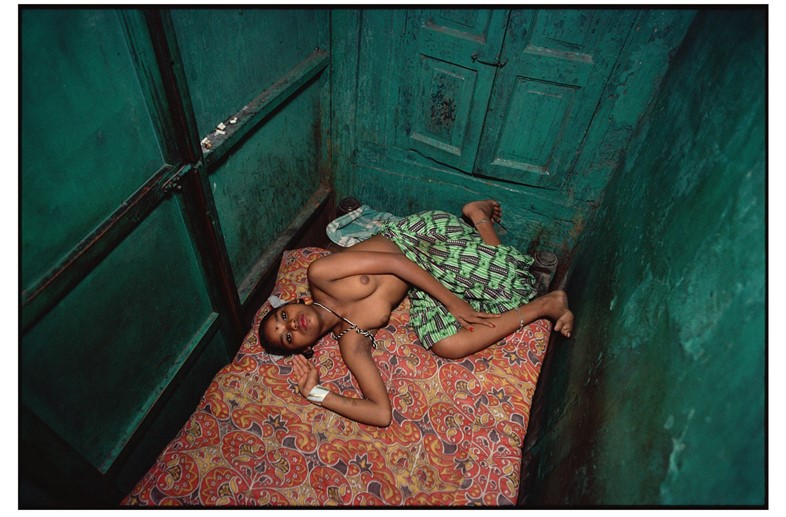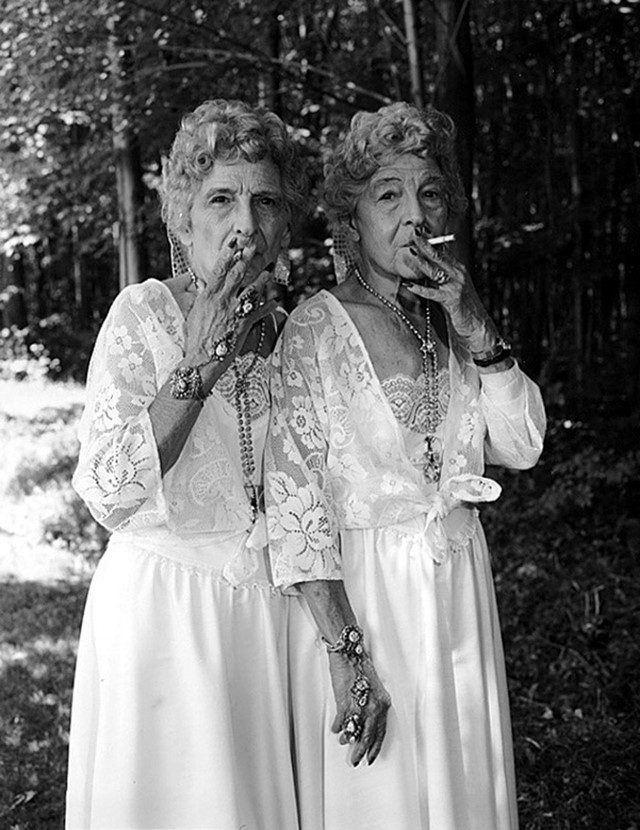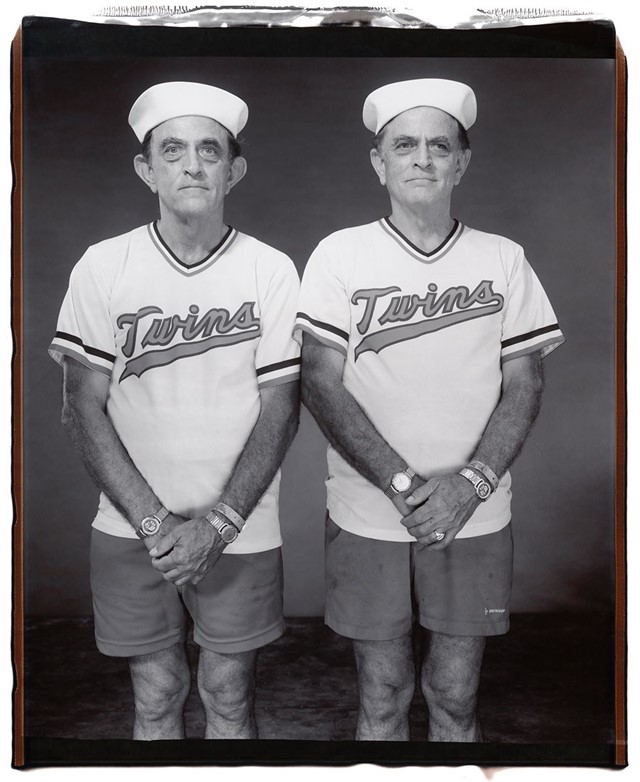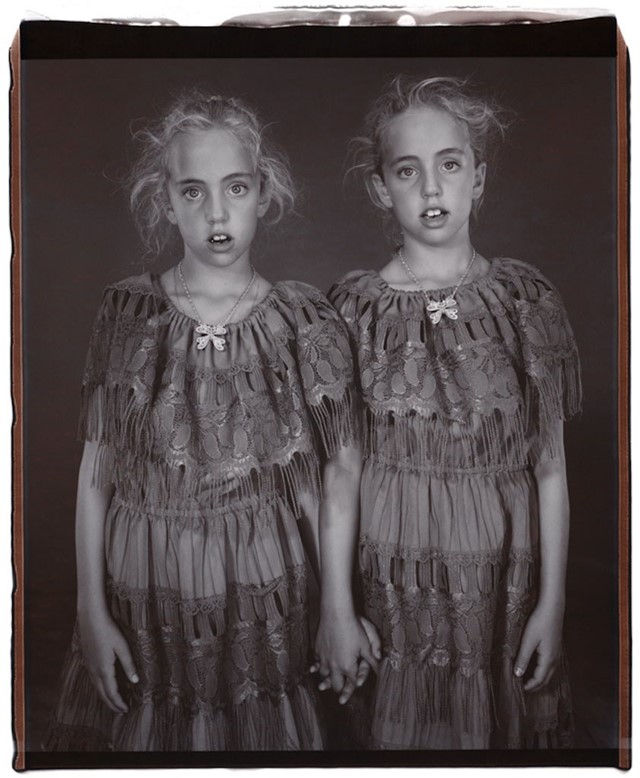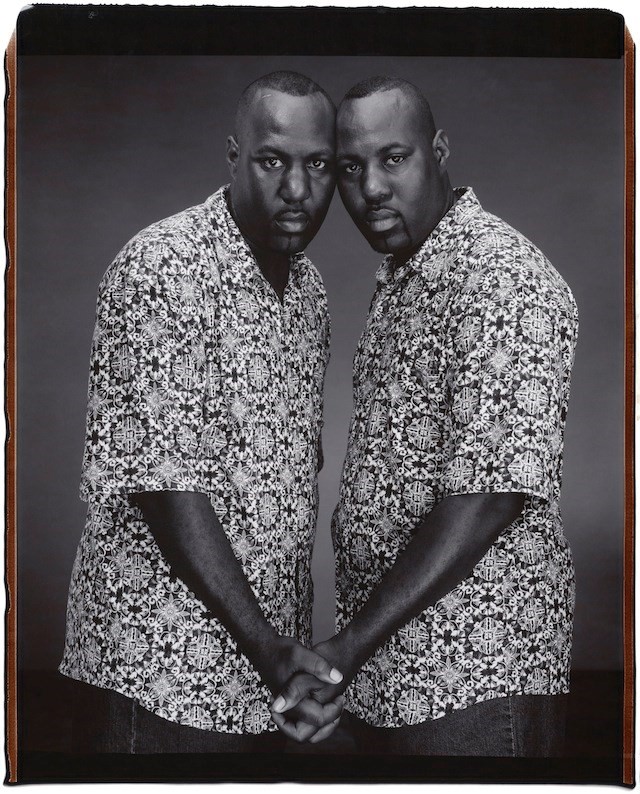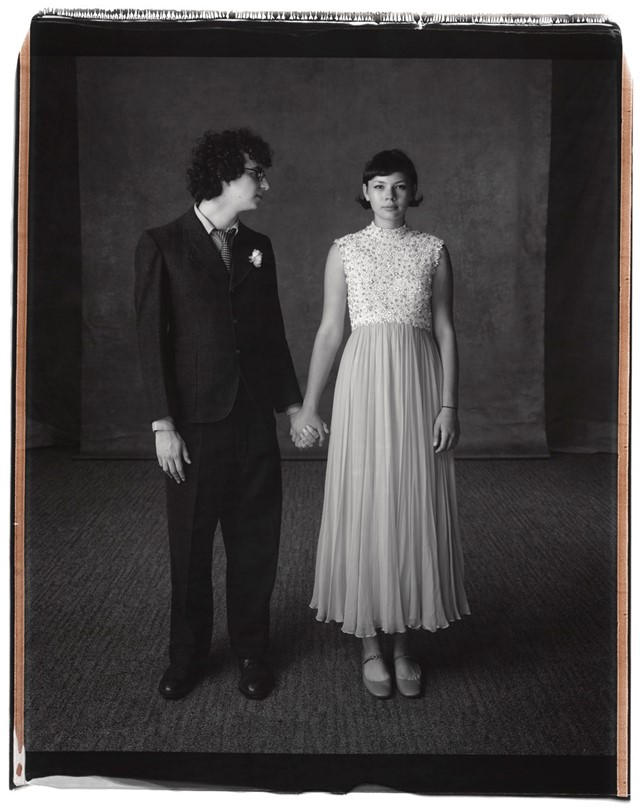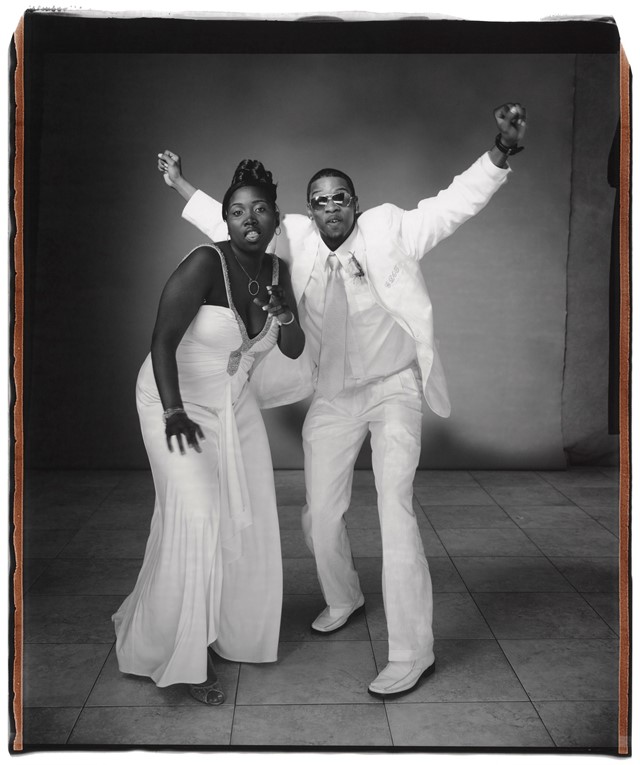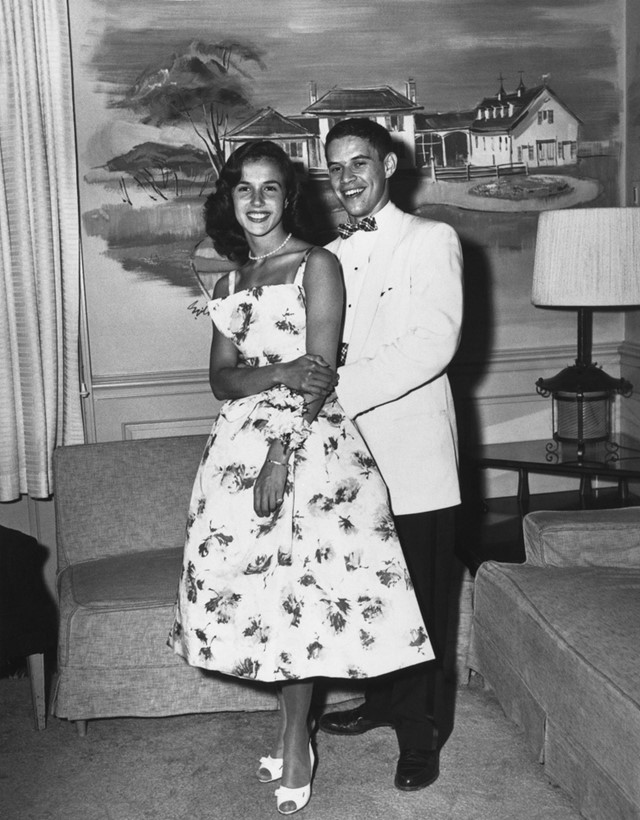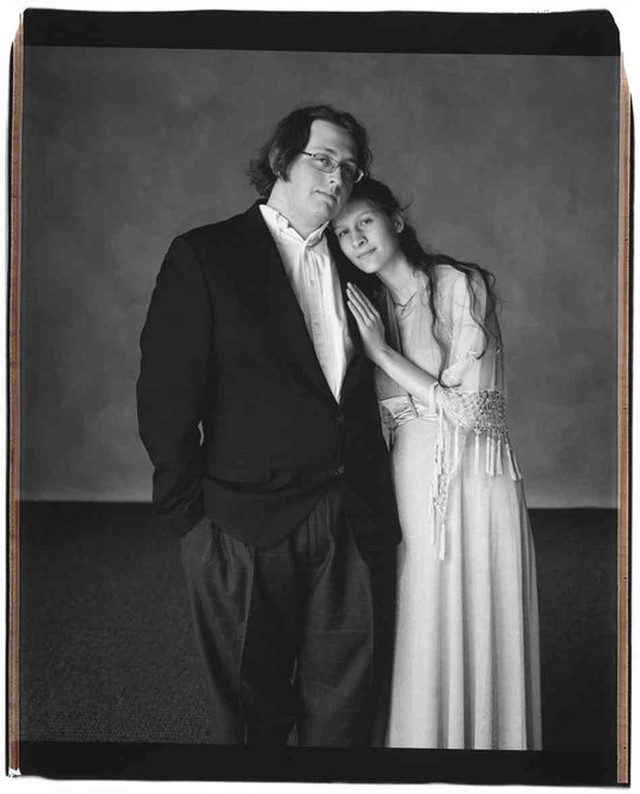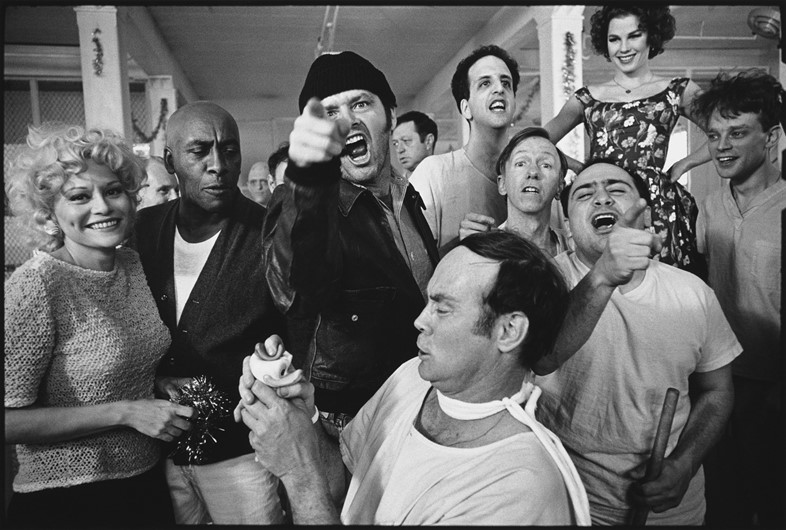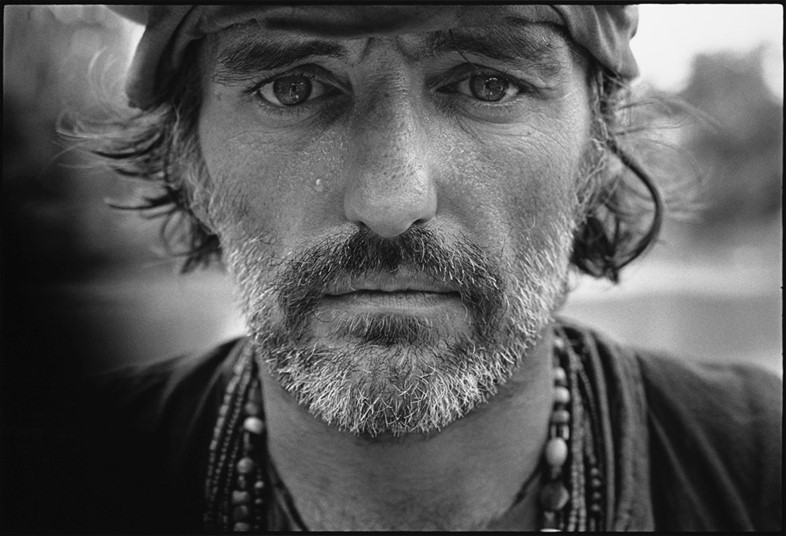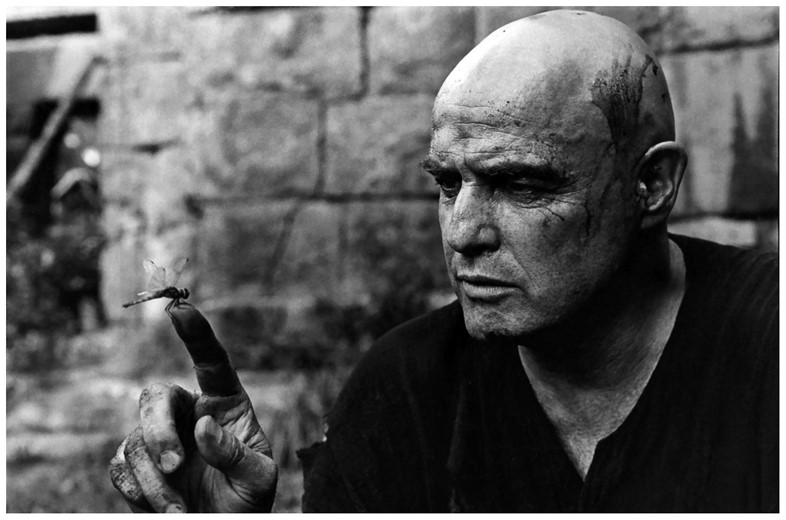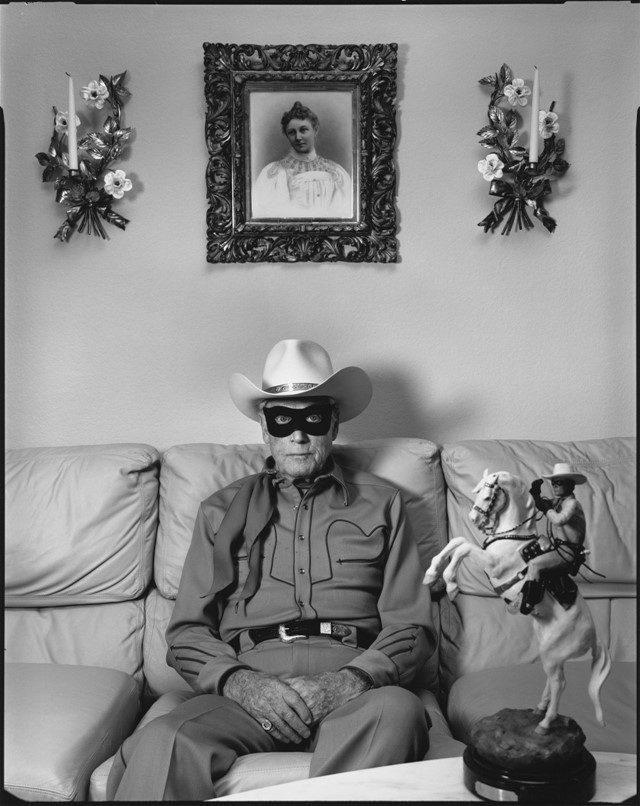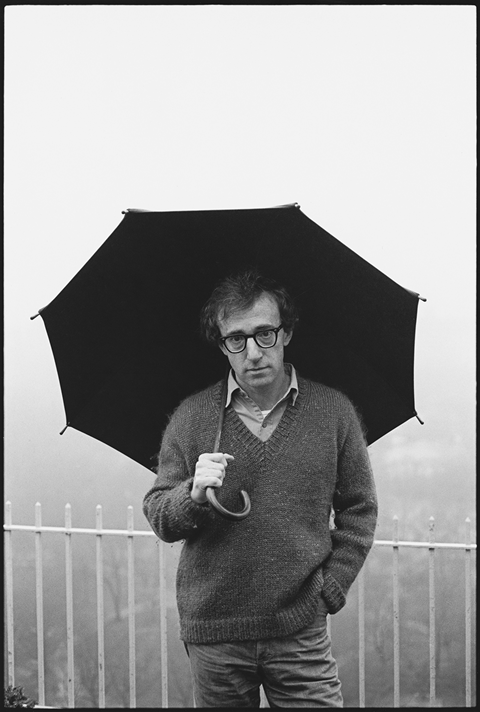"I note the obvious differences/in the human family…but we are more alike, my friends, than we are unalike." These lines by Maya Angelou opened Mary Ellen Mark’s American Odyssey, her visual depiction of the United States from 1963 to 1999 that took in backyard paddling pools in North Carolina and Hollywood film sets, Ku Klux Klanners and Gay Pride marchers, homeless Seattle street kid Tiny and Etta James with her poodle. At first glance, Mark’s work was an excavation of difference, yet the courage of her camera soldered a link of humanity between the famous and the lost, the mad and the pious, the young and the dying. “What I’m trying to do is make photographs that are universally understood… that cross cultural lines,” she said. “I want my photographs to be about the basic emotions and feelings that we all experience.”
For decades, she travelled the world, visiting brothels, circuses, street communities, psychiatric institutions – prising open small corners of culture, laying them bare with beautiful, merciless clarity. “If it does not touch you emotionally, you’re not going to get your photograph,” she said. “You have to feel about it and to care about them.” It is this connection that resonates across her prolific and varied work – an unflinching integrity of intent. At the news of her death on Monday, we bid farewell to an extraordinary artist with a selection of her greatest images, along with her own words on the subjects that enthralled her.
Ward 81
"I was interested in doing pictures that would stand alone. Looking back now, I feel that the pictures are almost like a scrapbook, a memory of a certain time in my life and in theirs. I wanted to help these women make contact with the outside world by letting them reach out and present themselves. I didn't want to use them. I wanted them to use me. The women had very, very strong personalities. Some of them were funny, some romantic, some social. You could label them just the way you might label your friends – this is the comedian, this is the romantic, this is the social one, and so on. The difference was that the feelings were so much more exaggerated. There's no bullshit; the emotions are pure."
Falkland Road: Prostitutes of Bombay, 1981
"I thought about Falkland Road for ten years. I had gone there in 1968 on my first trip to India. I went back on each of my succeeding trips. Falkland Road is lined with old wooden buildings. On the ground floor there are cage-like structures with girls inside them. Above these cages the buildings rise three or four stories, and at every window there are more girls – combing their hair, sitting in clusters on the windowsills, beckoning to potential customers. They vary in age from eleven-year-old prostitutes to sixty-five-year-old ex-madams. In October of 1978 I decided to return to Bombay and try somehow to enter the world of these women and to photograph them. I had no idea if I could do this. But I knew I had to try."
Twins
"I’ve always been fascinated by twins. In my forty years of photographing, whenever there was an opportunity I would take a picture of twins. I found the notion that two people could appear to look exactly alike very compelling. The most powerful way to photograph the twins would be to use the 20x24 Polaroid camera. By using this camera, I could show, in precise detail, not only how much twins are alike but the subtle qualities that often make them so different. In fact, I found the process of interviewing the twins almost as interesting as taking their pictures. People described the wonderful, as well as the painful things about being twins. The crazy moments, the embarrassing moments, and the fights, as well as the great love they share with each other."
Prom
"I've always been interested in photographing traditions and customs—especially in America. The prom is an American tradition, a rite of passage that has always been one of the most important rituals of American youth. It is a day in our lives that we never forget – a day full of hopes and dreams for our future. Looking at my own prom photograph reminds me of how significant that moment was – and how fleeting life is. A few years ago I was at the outdoor flea market in Chelsea. One of the vendors was selling secondhand clothes. There on a hanger was the exact same dress I wore to my prom. To this day, I regret not buying it."
A World Behind the Scene
"Since the late 1960s, I have worked on many film sets. Most of my favourite pictures are these documentary photographs of actors and actresses between takes, or of directors, producers and technicians on the other side of the camera. My own experience of observing this world has helped me immensely in my work outside of it, whether it's directing my subjects, finding the best way to use light, working with stylists, or producing a project. I've watched the greatest of the great work and they have inspired me."
